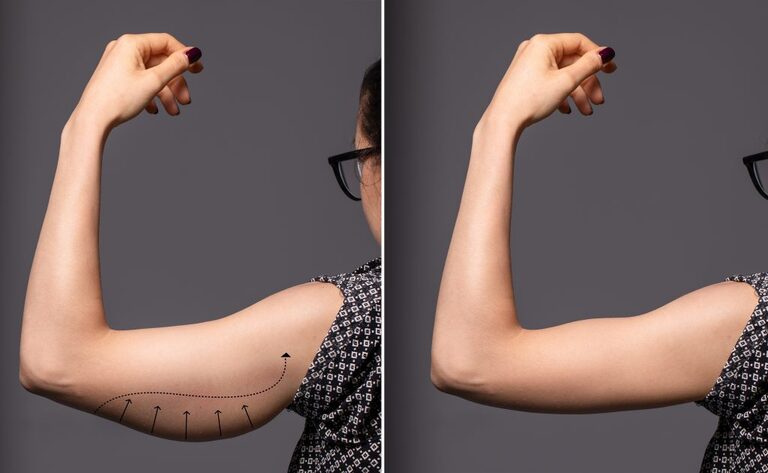Philips Hue Bloom review

She has made it into the little Bloom lamp from Philips. After being associated with the manufacturer’s LivingColors series, it then joined the Dutch giant’s Hue range. Launched at € 79.95, this decorative light is one of those that create cozy, festive, or warm atmospheres; in warm white (2000 K), in cold white (6500 K), or in colors (16 million). This new generation sees its luminous flux increase up to 500 lm (against 120 lm for previous generations). This new version also connects via Bluetooth and therefore does not necessarily need to be integrated into a Hue ecosystem.
Aesthetically, the Philips Hue Bloom lamp has not budged an iota. It always comes in the form of an aluminum and plastic globe that must be placed on a piece of furniture and whose orientation of the light flow cannot be changed.
All the manufacturer’s connected luminaires are intended to offer dual connectivity, Bluetooth, and Wi-Fi. This allows the manufacturer to open the door to all configurations; and incidentally, to sell cheaper bulbs. The configuration of the luminaire in Bluetooth does not pose any problem since the installation is done in “plug and play”. After downloading the Philips Hue Bluetooth application – available on iOS and Android – all you have to do is synchronize the lamp via Bluetooth with the smartphone. The application then detects it automatically. In less than a minute, the product is paired with the smartphone.
To enjoy the benefits of Wi-Fi connectivity, it is necessary to have a Hue connection bridge, sold alone at 60 €. This gateway must be connected to a power outlet as well as to the home’s Internet box (in Ethernet). After downloading and opening the Philips Hue application, all you have to do is press the button on the bridge which will then allow the smartphone to take control. The manipulation then consists of finding the bulbs or lights to be connected. This can be done automatically, otherwise, a manual addition can be done by entering the serial number. The bridge will then communicate by ZigBee with the bulbs.
A Wi-Fi configuration offers more possibilities than a Bluetooth configuration. Wi-Fi is used to create scenarios, to simulate its presence when no one is at home, etc. If Bluetooth does not allow these features, it has the merit of allowing easier and faster pairing. As a general rule, this technology quickly shows its limits, since it is not possible to activate and control its bulbs in a field greater than 20 m; a distance that we took care to verify. Finally, it is possible to configure a fleet of 10 Bluetooth bulbs against 50 using the connection bridge.
By connecting its luminaire via Bluetooth, the functions provided by the Philips Hue application are much less extensive than by connecting it via Wi-Fi. It is just possible to choose a color temperature and vary the light intensity. The settings of the Philips Hue BT application simply allow you to define the behavior of the bulb on switching on (the white temperature and the light intensity) and to force it back on after a power failure.
We regret that the Hue Bluetooth application does not offer more features as Awox does on its Bluetooth-connected bulbs. Indeed, the latter deploys, among other things, a timer, a night light, dawn, and a presence simulator.
To configure routines, alarm clocks, scenarios, you must necessarily go through a Wi-Fi installation using the connection bridge. The classic Philips Hue application, the one we have seen across the range connectable via Wi-Fi, has not budged an iota. Always as complete, it allows on-site or remote control, programming of preset atmospheres, individually or in groups (up to 50 bulbs). The creation of atmospheres is carried out according to various temperatures of white, but in warm white only.
As we explained in a previous test, the application includes a “Home and outside” function which offers remote control of the lights in order to simulate a presence in the house. The “Alarm clock” menu is always there and allows you to set alarms to wake up gently. In addition, a “guard” function allows the selected bulbs to turn on automatically when the user’s smartphone comes nearby; very practical to return home without looking for the switch. Finally, with the “Routines” function, it is possible to take advantage of the timers to turn off the bulbs or modify the atmosphere after a defined time.
Light quality
The manufacturer’s decorative lights have never really shone thanks to their quality of light. The CRI (color rendering index) of previous generations of Bloom, Iris or Go have never matched those of the manufacturer’s bulbs. We excuse them more easily since these lamps are not used as household lighting, but as an auxiliary lighting solution. So forget the idea of wanting to make it a desk lamp or a main light in the living room. At best, you can use it as a bedside lamp, as long as you don’t read before you fall asleep.
To assess the quality of light, we perform two measurements. A first time at around 2700 K (warm light, equivalent to the color temperature of a candle) then a second at 6500 K (cold light, greater than that of the sun at the zenith). On this Hue Bloom, the temperature in warm white climbs to 2500 K and up to 5777 K in the coldest. It is therefore on these color temperatures that we conducted our tests.
The color reproduction index refers to the regularity of the spectrum of a light. The standard is 90 for good restitution of shades of color and perfect regularity; the Bloom displays a really very average CRI of 54 in warm light, but very good in cold light since it reaches 85. There is no doubt that Philips has changed the led that fitted the Bloom under the LivingColors series, which is far from being a detail insofar as the older generation obtained the IRCs with the lowest scores in our comparison (10 in warm white, 21 in cold white). On this Bloom, the cold white is perfectly mastered, but the warm white is still too below our expectations; we can see it with the naked eye, everything is… orange!
Philips has increased the light intensity of this Bloom which now sends 239 lux (compared to 63 lux) at a distance of 1 m, at its highest intensity, in cold white. This lamp is not able to illuminate the whole of a room, or even be used for reading since it is far from the 500 lux recommended for this activity.





